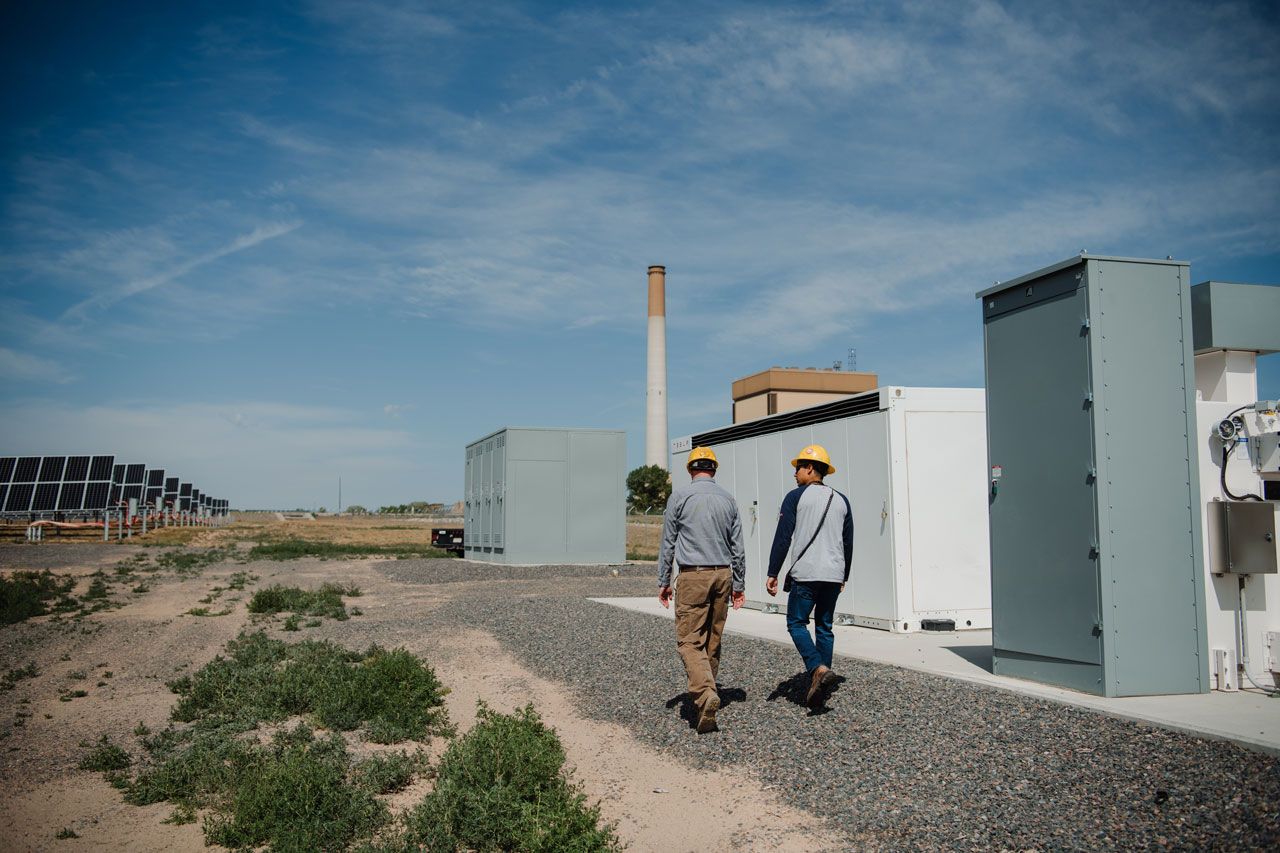Climbing 101: Good instruction key to safety
In the last 50 years the “why” of climbing as described by introductory climbing guides has changed from poetic to practical.
While climbing guides from the 70s explain climbing as the entering of forbidden realms, more modern instruction books talk about calculated fun. But, according to local guides and climbing gym owners, how a climber should get started hasn’t changed at all.
“There is an assumption that great amounts of upper torso strength is needed,´ said Bill Morris, the owner of Front Range Mountain Guides. “(Beginners) need to learn first to balance on their feet.”
SPONSORED CONTENT
How dispatchable resources enable the clean energy transition
Platte River must prepare for the retirement of 431 megawatts (MW) of dispatchable, coal-fired generation by the end of the decade and address more frequent extreme weather events that can bring dark calms (periods when there is no sun or wind).
A beginner has several ways to learn. Knowledgeable friends are one of the cheapest way to go. City recreation centers offer classes. Outdoor retailers such as REI in Westminster have indoor climbing walls available to the public. Morris’ school offers instruction in the traditional outdoor venue. Indoor climbing gyms are another popular place to get started.
A 1997 State of the Industry Report by the Outdoor Retailer Coalition reported that from 1994 to 1997 the number of climbing gyms increased from 89 to more than 200.
“Indoor climbing is friendly, social and it’s easy to meet partners,´ said Matt O’Connor, general manager of Boulder Rock Club. O’Connor agreed with Morris that superior arm strength isn’t what beginners need to be concerned about. “It’s not about doing 20 pull-ups. Anybody with any level of fitness can have fun with it.”
Seek help
Instruction is a key to becoming a safe climber, according to Morris. In addition, it can open up the variety of terrain a climber attempts to scale. The top mistake a beginner makes is to learn how to climb from someone else who doesn’t really know how, he said. That mistake leads to a collection of others.
“Beginners often try to reach for holds that are too high instead of leaning to balance on the wall,” Morris said. Beginners also often climb too fast. Finally, “they don’t rent before they buy. An outdoor instructor can really help you pick your gear.”
He also recommended that the climber ask the guide they are considering for references. Instruction at Front Range Mountain Guides ranges in price from $59 for a half day to $119 for private, advanced instruction — (303) 666-5523.
At Boulder Rock Club, prices range from $8 for an open house slated especially for beginners (food served and belayers provided), to $329 for advanced anchor and leading classes — (303) 447-2804.
The Boulder Rock Club offers climbing outside though guided instruction.
Climbing isn’t cheap, but beginners can start off by renting most of the basic equipment: rock shoes, a belay device and a locking carabiner. A harness ($35 to $100) will probably be the first thing the beginner buys. Harnesses should fit comfortably snug around the waist and thighs. Padding is preferable to unpadded versions, O’Connor said.
In the last 50 years the “why” of climbing as described by introductory climbing guides has changed from poetic to practical.
While climbing guides from the 70s explain climbing as the entering of forbidden realms, more modern instruction books talk about calculated fun. But, according to local guides and climbing gym owners, how a climber should get started hasn’t changed at all.
“There is an assumption that great amounts of upper torso strength is needed,´ said Bill Morris, the owner of Front Range Mountain Guides. “(Beginners) need to learn first…
THIS ARTICLE IS FOR SUBSCRIBERS ONLY
Continue reading for less than $3 per week!
Get a month of award-winning local business news, trends and insights
Access award-winning content today!

